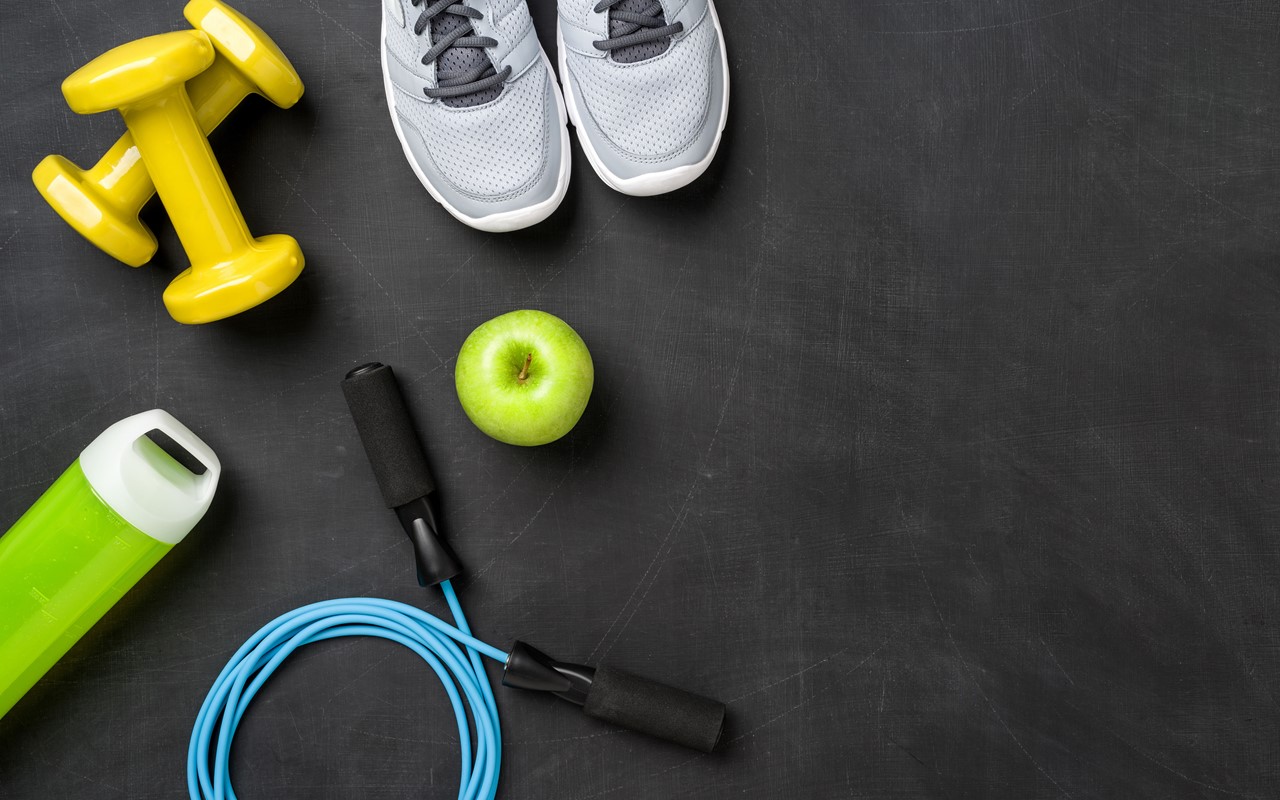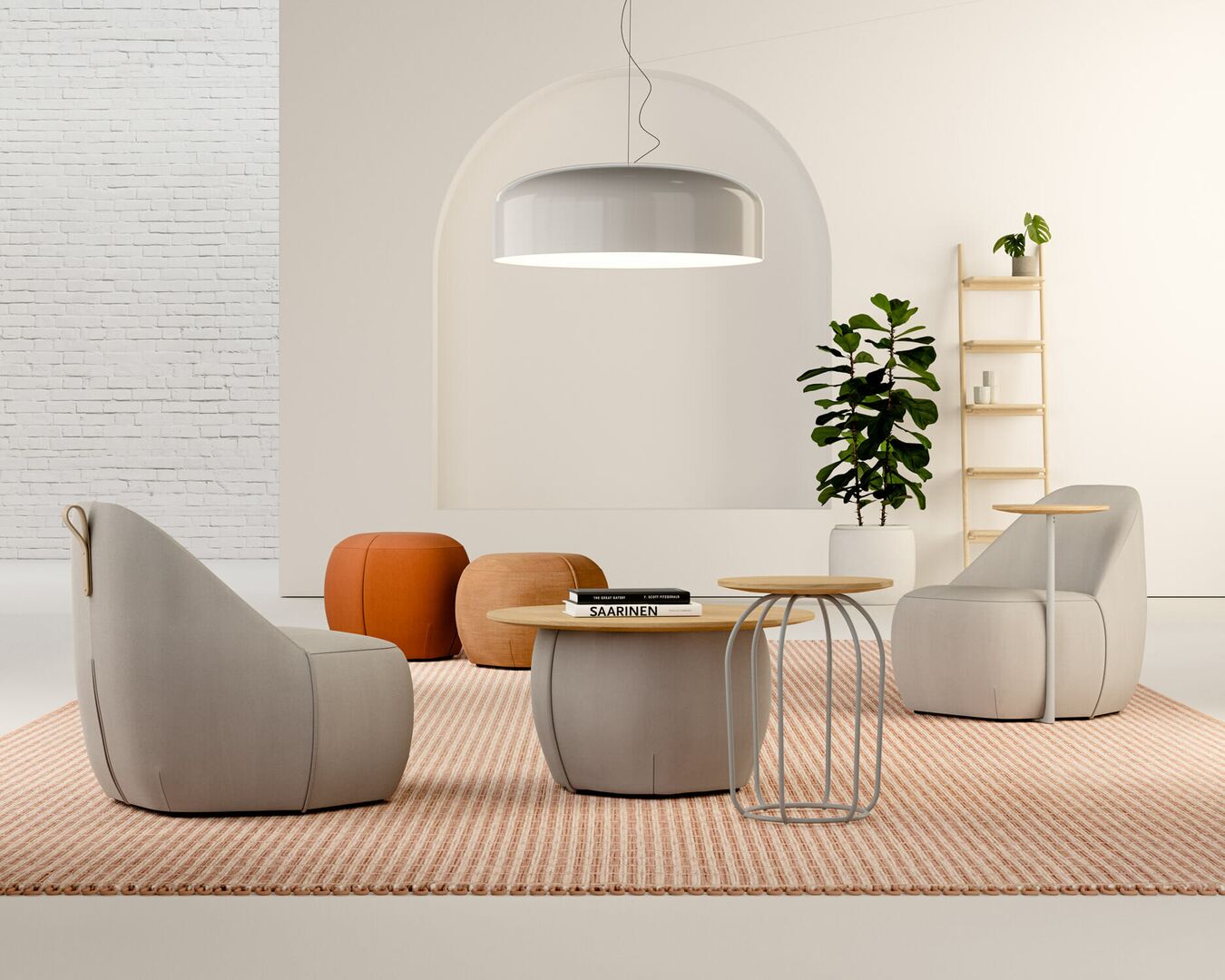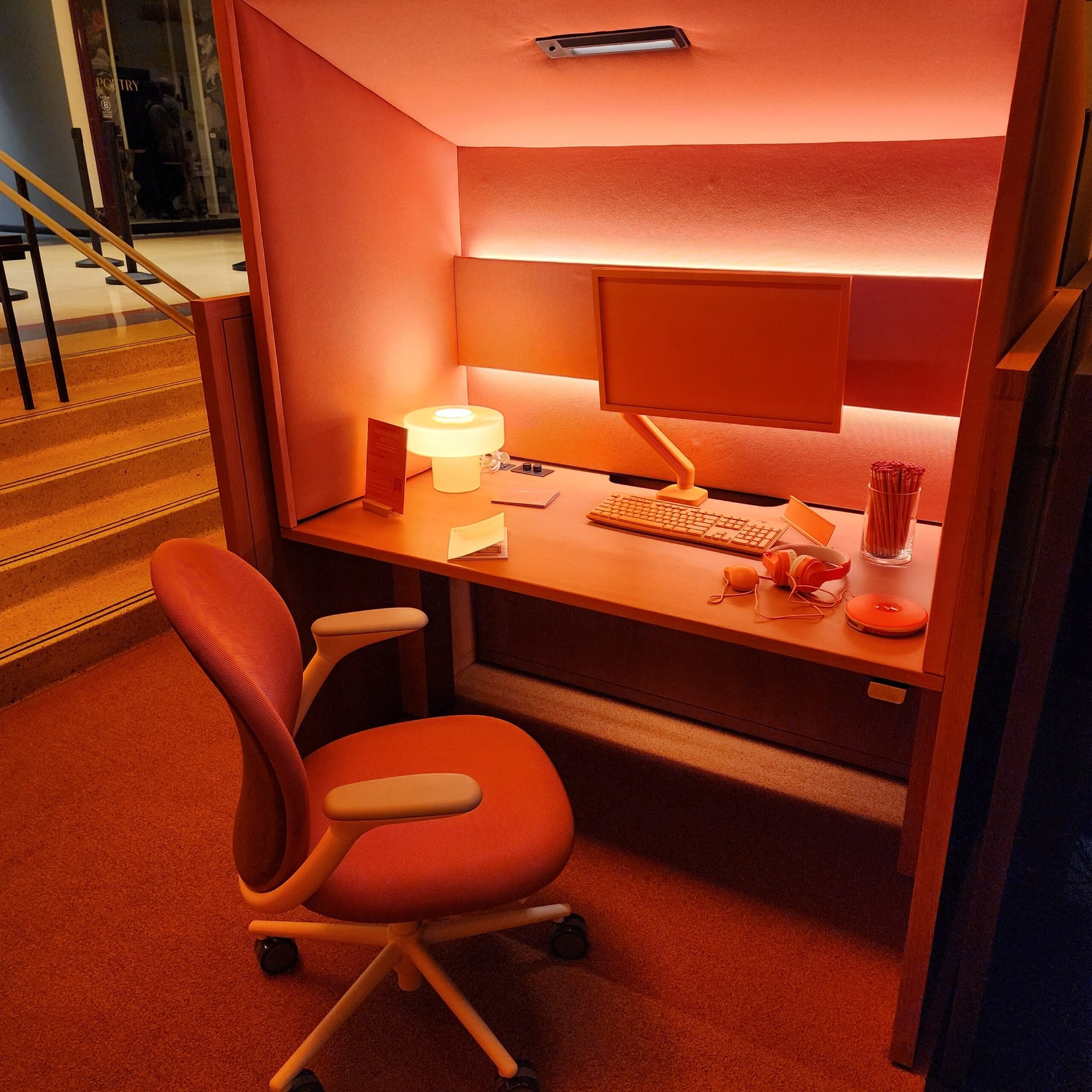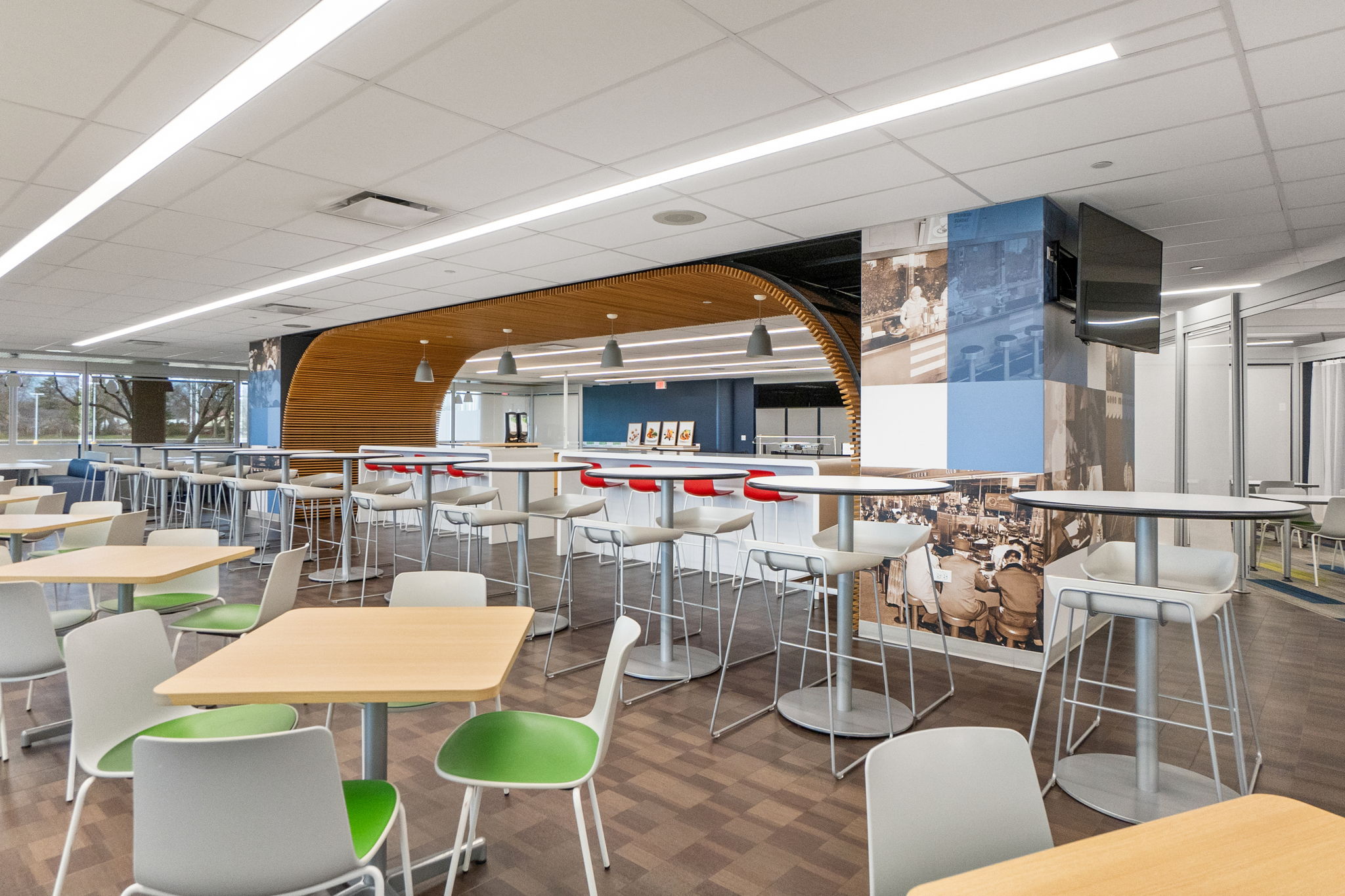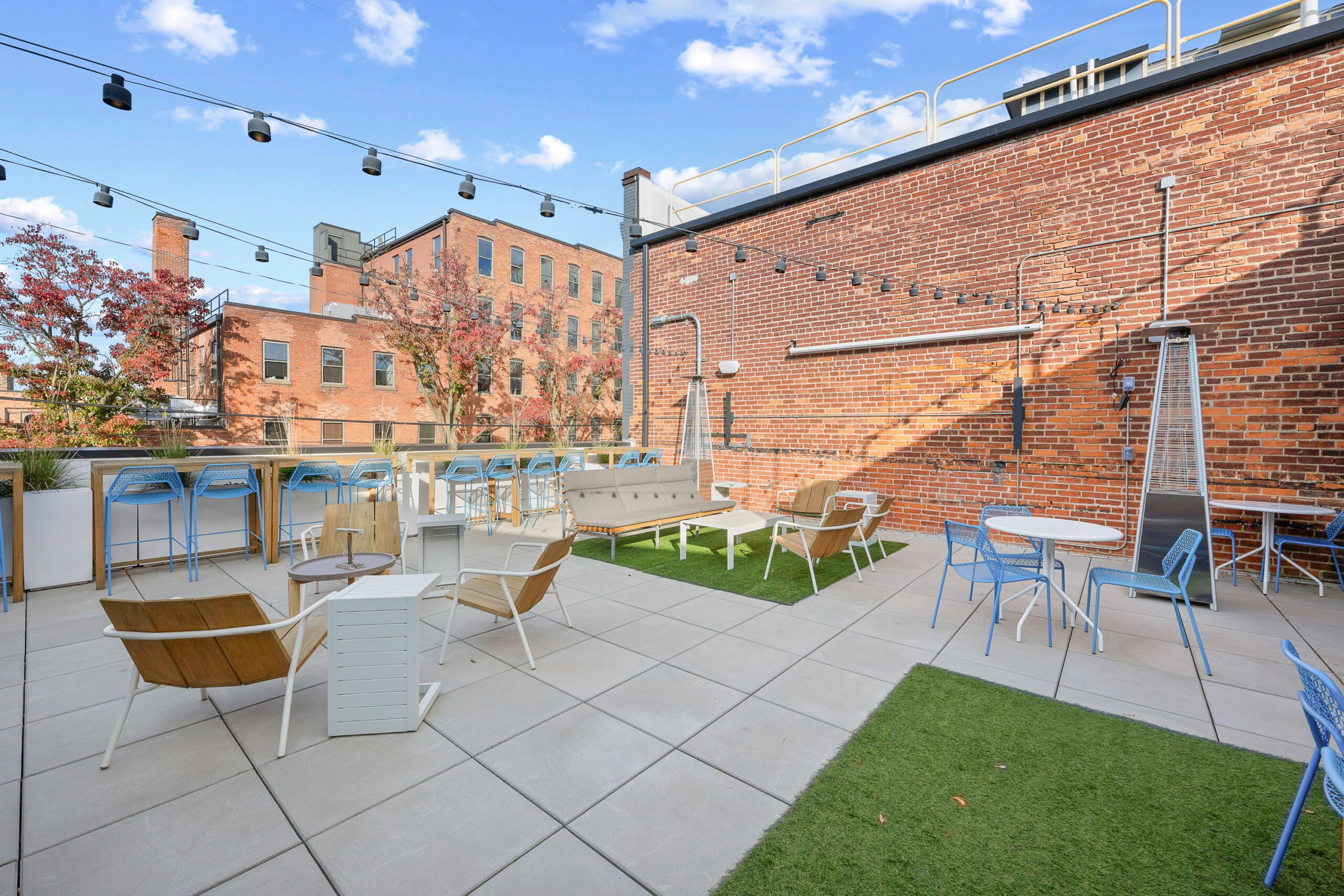The built environment shapes our behaviors and lifestyles, and the COVID-19 pandemic has dramatically impacted the design and operation of commercial buildings in several ways. From shutting down for months at a time to rethinking the way we view and reconfigure spaces to keep occupants safe—it is becoming clear that coming out of the pandemic, the focus is going to be on health and wellness. Savvy developers and workplace designers are already realizing that incorporating health and wellness into building and workspace design isn’t just going to be a luxury—it’s going to be a necessity.
The spaces people occupy, including their homes as well as offices, have an enormous impact on health, well-being and productivity. These spaces will be reconfigured and retrofit with more movable partitions, workstations and seating options that can easily accommodate social distancing. All of which contribute to the bottom line and make economic sense for any organization.
There is no one size fits all solution, and the built environment and workspaces need to be designed for a multitude of working arrangements that allow workers the means to easily make meaningful changes to the space, while still creating the sense of place, character, pride and purpose that aligns with the unique values of the company. Some of the resulting workspace trends to anticipate include:
- supportive environments with employee health in mind;
- more multifunctional furniture and increased collaboration spaces;
- a welcoming design and better overall work environment; and
- spaces that cater to remote workers.
- Who is this building for?
- How can buildings and workspaces stay relevant long-term?
- What sort of shared offerings will occupants desire in the future?
- What visual tools best convey opportunities to attract tenants?
The ability to help tenants visualize something that they might not see for themselves is the key to unlocking value in any real estate asset. CBRE has an interesting Office Ready concept they’ve rolled out and Cushman & Wakefield have taken it one step further with their Plug+Work approach.
The ongoing designing for wellness trends will continue and the built environment will be reflective of a much more “mind-body-spirit” approach than it ever has before. Sustainability features and well-being will take center stage, and things that used to be something of an afterthought in the design process—such as the amount of natural light and flexible furnishings—will become far more prominent in design discussions. Access to outdoor work areas, flexible and remote work arrangements, green spaces, and anything to enhance comfort and encourage mental and physical well-being will become the norm.
Whether we are ready for it or not, the future of work is fast approaching, and our lives will forever be changed. It seems everybody out there is prophesizing and predicting what the “future of work” or the “new normal” will look like, along with the timeframe to expect it. What the past several months have taught us is that we can work from anywhere we need to—whether it’s in a private office, a coworking space, an ergonomically sound sit-to-stand desk with matching chair or simply at a kitchen table. A work-from-anywhere movement is developing and employee and employer expectations have shifted.
Businesses will continue to have at least a partially remote workforce, and it’s time to rethink the way buildings and workspaces are designed to embrace and benefit from what we’ve learned about how remote and hybrid teams can be as productive as a fully staffed office. To attract and retain tenants and top talent, we need to start thinking of the office as a place we go to “do business,” rather than a place where we go to work every day—and it all starts with designing for wellness.
Contact Rightsizes Facility here

